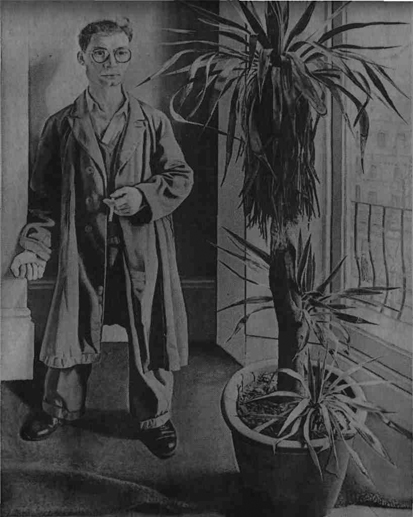Andrew Graham-Dixon on the British section of the Royal Academy's three-part series on modern European art
BRITISH ART in the Twentieth Century, the middle instalment of the Royal Academy's trilogy of modernist exhibitions, is a show that manages to be controversial and dull at the same time. There are inevitably some great paint¬ings and sculptures on view, but unlike the German exhibition this show seems to have no real argument about the art it contains — the organisers have wrestled unsuccessfully with the stubbornly disparate nature of the British contribution to modem art.
The exhibition's main problem is that it seems tora between various kinds of structure: occasionally (notably in the single room reserved for Henry Moore) it seems on the verge of suggesting that British art is best seen as a se-ries of great personal achievements; elsewhere (in the galleries devoted to the Vorticists and Paul Nash's group Unit One) it follows the groupings chosen by by the artists themselves; elsewhere again it falls back on chronology (most glaringly in the room that unites Malcolm Morley, R.B. Kitaj and Howard Hodgkin under the desperate rubric "Three Painters of this Time") or it simply invents its own categories.
These can seem extremely arbitrary, as in the case of one room labelled "The Resilient Figure" — always beware of exhibitions with woolly subtitles — which looks like an excuse to include a disproportionate quantity of decidedly unresilient figurative paintings by Matthew Smith and Mark Gertler. Gertler's The Merry-Go-Round is a mechanistic masterpiece, a frenzied and night-marish wartime vision of scream-ing soldiers, sailors and civilians revolving on a sinister fairground whirligig. But it does not justify the inclusion of his derivative female portraits a la Renoir.
Equally one of Matthew Smith's unoriginal Fauvist canvases might have been worth inclusion, just to make...


